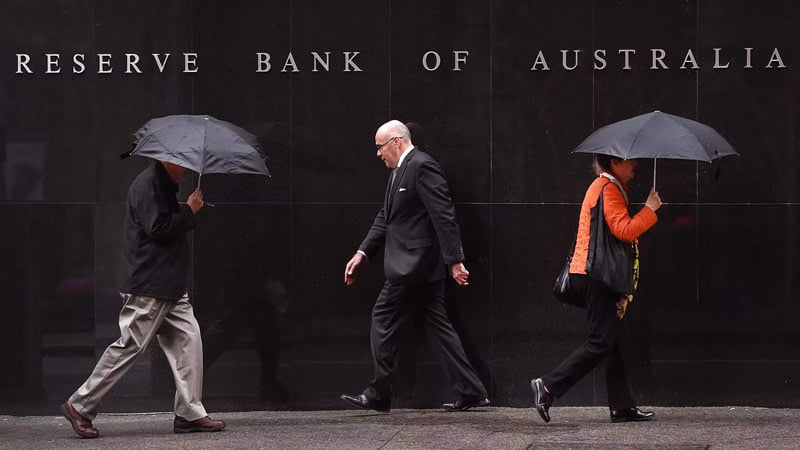
Key takeaways
The RBA have hiked rates 50 basis points taking the cash rate to 1.35%
If lenders pass the rate hike on in full, which is likely, the average variable mortgage rate for a new owner-occupier loan will be around 3.66% (up from 2.41% in April).
This ise implies a new borrower in Sydney (assuming a 20% deposit and a P&I loan on a 30-year term) would be facing an extra $600 per month since April, while in Perth where housing values are substantially lower, a recent borrower would be looking at a $507 per month increase in repayments.
Commentary leading up to the RBA monthly board meetings has pivoted from if interest rates will rise to how much interest rates will rise.
Most forecasts were leaning towards a 50 basis point lift in the cash rate, and that is exactly what the RBA delivered, along with further commentary focussed on high inflation, which the RBA expects will peak later this year.
The latest 50 basis point hike takes the cash rate to 1.35%, 125 basis points higher relative to the emergency lows of 0.1% seen before the tightening cycle commenced on 5 May 2022.
If lenders pass today’s rate hike on in full, which is likely, the average variable mortgage rate for a new owner-occupier loan will be around 3.66% (up from 2.41% in April).
For a borrower with a $500,000 housing debt, with principal and interest (P&I) repayments on a variable rate mortgage, the average monthly repayment would have risen by approximately $366 per month since rates started rising.
For a $1 million loan balance, repayments would be up around $732 per month.
The additional repayment cost for a new owner-occupier borrower across each capital city varies significantly.
Today’s 50 basis point rise implies a new borrower in Sydney (assuming a 20% deposit and a P&I loan on a 30-year term) would be facing an extra $600 per month since April, while in Perth where housing values are substantially lower, a recent borrower would be looking at a $507 per month increase in repayments.
Indebted households are in the grip of a tightening pincer movement, where inflation on essential goods such as fuel and food, together with the rapidly rising cost of debt, are squeezing balance sheets.
Households are increasingly sensitive to rate hikes due to record levels of indebtedness.
The RBA is aware of this, noting the household sector is likely to be the source of ongoing uncertainty, especially spending behaviours as households make cutbacks on non-essential spending to focus on debt servicing and non-discretionary goods such as food and fuel.
With inflation likely to remain stubbornly high, the outlook for interest rates is for further rises throughout the rest of the year and into 2023, adding additional downside risk for housing demand.
Sydney and Melbourne's home values have been trending lower over the past five months, and it’s likely this downwards momentum will spread to other capital cities and regional markets over the coming months.
The trajectory of home values will depend on how fast and how high-interest rates move, along with the performance of the broader Australian economy, labour markets and demographic trends.
A stronger economy, along with the tightest labour market conditions in a generation, should help to ensure the ensuing housing downturn remains orderly.


















